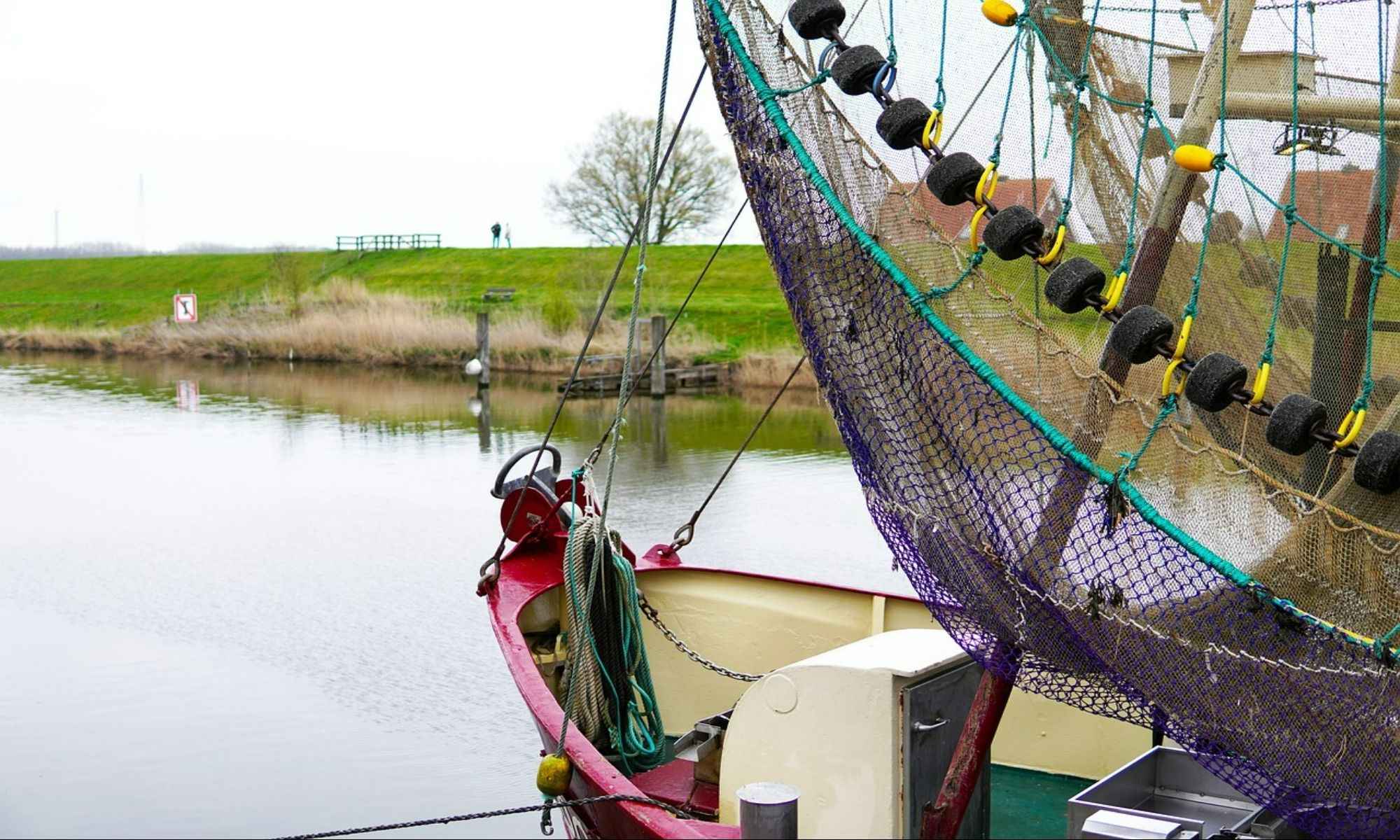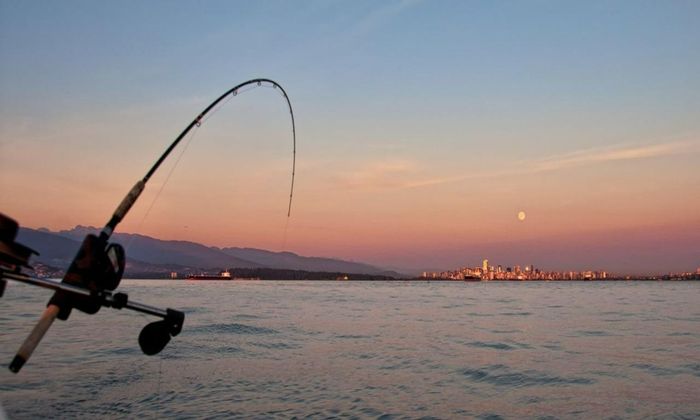How To Rig for Buoy 10 Salmon
Here's how you set up a salmon fishing rig if you want to catch plenty of fish at Buoy 10.

The Buoy 10 fishery comes to mind when it comes to excellent salmon fishing in the Pacific Northwest. This ship marker in Astoria, Oregon, is where most sport anglers on a fishing trip on the West Coast venture to target the abundance of Chinook salmon and coho salmon. Its fishery covers the expanse of the Columbia River’s mouth, up to where it meets with the Pacific Ocean, allowing an angler to catch salmon fresh from the sea.
Three major salmon runs returning to the Columbia River lure anglers from far and wide to experience the exciting fishing Buoy 10 offers. As plenty of anglers go to Buoy 10 to share in the bounty of abundant salmon, you should know what rig you should have so you can participate in the fun of fighting and catching those combative fish. Here are some things you should know about salmon fishing in Buoy 10 and how to rig for the salmon found in its deeper water marine area:
Know How to Troll for Salmon

Before we discuss setting up your salmon fishing rig, you need to know what kind of environment the Buoy 10 fishery presents. Anglers always go trolling at Buoy 10. If you’re fishing during low tide or find little to no current, troll forward. During the start of a flood tide, you should begin trolling into the current. The idea is to hold your position to ambush and intercept fish moving into the Columbia River when the water starts flooding.

Hold your boat steady, facing the current when trolling with the flood tide, and move upstream. This is when you have your rig with a diver or sinker ready to attract arriving schools of salmon. You can continue onwards when the tide slows if you’ve reached the Astoria-Megler Bridge or above during your upstream troll. But if the wave begins to ebb or runs out, start a downstream troll. After riding on the flood tide, thousands of salmon can hold on to the North and South Channel adjacent to Desdemona Sands, the large island in the middle of the river that extends to the bridge. Most anglers who end up in this area will go with the flow of the tide and situate themselves parallel to the island in 20 to 30 feet of water. Setups that work well here have a herring or spinner rigged five feet behind a diver and flasher.
If you’re focusing on catching Chinook salmon, your gear should be kept working within a few feet of the bottom since that’s where they’re usually found, especially huge fish. If you’re targeting coho salmon, your rig should run at mid-depth or shallow water around 12 to 20 feet deep.
Setting Up a Buoy 10 Salmon Fishing Rig
An effective salmon fishing rig attracts fish from Buoy 10 and requires several certain items. Here’s what you need and how to set them up to your salmon rig:
1. The Bait of Choice
When it comes to bait for Buoy 10 salmon, herring is king. It is available in different sizes, identified by the color of the package tag. The green and blue labels are the most popular, especially when targeting coho salmon. The purple label herring is more suitable for Chinook salmon. Rig the herring on a four to six-foot fishing leader consisting of two 4/0 or 5/0 single hooks. Once you have herring set up on your rig, it’s important not to move your rod when salmon starts mouthing the bait. Let the fish mouth the bait and pull the rod tip down around three to four times before setting the hook.
2. The Best Alternative Bait
In the upper bay, where you’ll usually find large sizes of Chinook salmon, spinners can produce salmon just as well or sometimes better than natural bait. If you’re interested in using spinners, opt for a smaller size when fishing for coho salmon. Red and white, chartreuse, and green dot spinners are the best colors for attracting salmon. Spinners that have squid over the hook can add to their success. When you rig a spinner or spinnerbait, position a swivel halfway down the leader or the end of the rigging wire. Setting it up this way will also help lessen or remove the chances of your leader from twisting.
3. Important Additions
Diving planers and flashers are commonly used by anglers who fish for salmon at Buoy 10. This is because their color, sound, and movement attract fish. The flasher is usually attached to the diver on the rig. You can add both of these lures ideally on a four-foot fishing leader. If the water looks dirty, you can shorten the leader, so your bait runs inches significantly behind the flasher. It’s a good idea to carry a variety of colors because some can be more effective than others depending on the area and time.

Change It Up
Salmon can sometimes be fickle when it comes to their feeding preferences. Don’t be afraid to try other things when setting up a rig. Use different baits, flashers, and riggings if you’re unsatisfied with your bites. If you find a rig combo that starts performing well, continue to use that for the rest of the day or if you’re in a certain area at Buoy 10. If you come back the next day, don’t expect the rig that worked well before to do the same. A good tip is to monitor other anglers and see if their rigs are working.



